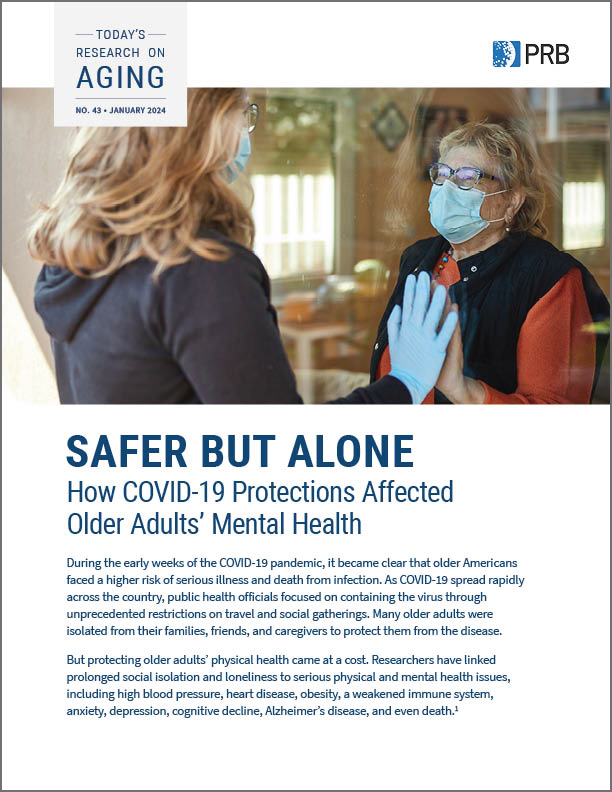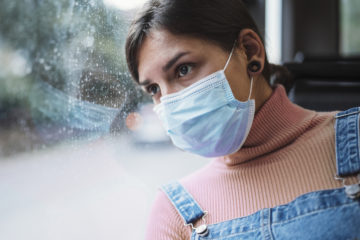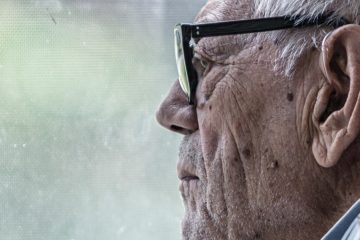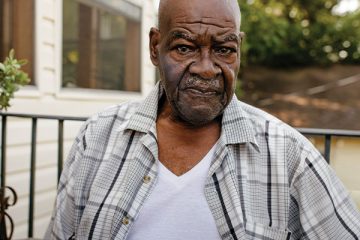Today’s Research on Aging, No. 43 (2023)

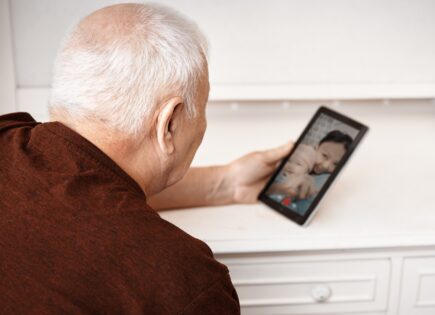
Pandemic protections amplified some older adults’ longstanding feelings of social isolation and loneliness.
Older adults who were more worried and anxious reported more difficulties with cognitive function and abilities.
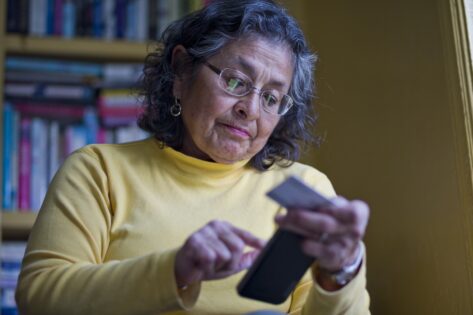
During the pandemic’s early days, one-third of U.S. adults felt depressed and anxious, mainly due to economic worries.
Rural respondents reported more use of social media and lower levels of concern about the pandemic, which may have contributed to greater vaccine skepticism and higher mortality rates among rural residents in 2021.
BOX
Concerns About Discrimination in Medical Settings and Threat From the Virus Elevated Psychological Distress Among Older Black Americans
Older Black Americans with more concerns about discrimination in medical settings and about their risks of contracting COVID-19 had higher levels of psychological distress than those less worried about these issues, Ryon J. Cobb of the University of Georgia, Christy L. Erving of Vanderbilt University (now at the University of Texas at Austin), and W. Carson Byrd of the University of Michigan reported based on data from the Pew Research Center’s American Trends Panel.13
Specifically, individuals who perceived COVID-19 as a major threat to their health, and those who perceived that Black Americans received inferior medical care to white Americans, each experienced higher levels of psychological distress, the researchers found. People with both perceptions had the highest levels of distress.
While at the University of Texas at Austin and Michigan State University, respectively, Zhiyong Lin and Hui Liu documented similar dynamics. Older Black Americans reported higher levels of worry about COVID-19 than white Americans, grounded in their unequal exposure to COVID-19 risks, pre-existing health conditions, and higher odds of knowing someone who had died from the virus.14
In their study based on the 2020 HRS COVID-19 module, Lin and Liu found that older Black Americans were twice as likely as their white counterparts to report knowing someone who had died of COVID-19. The distress associated with COVID-19 mortality is extreme, the researchers observe, “marked by physical discomfort, social isolation, and lack of preparation.”
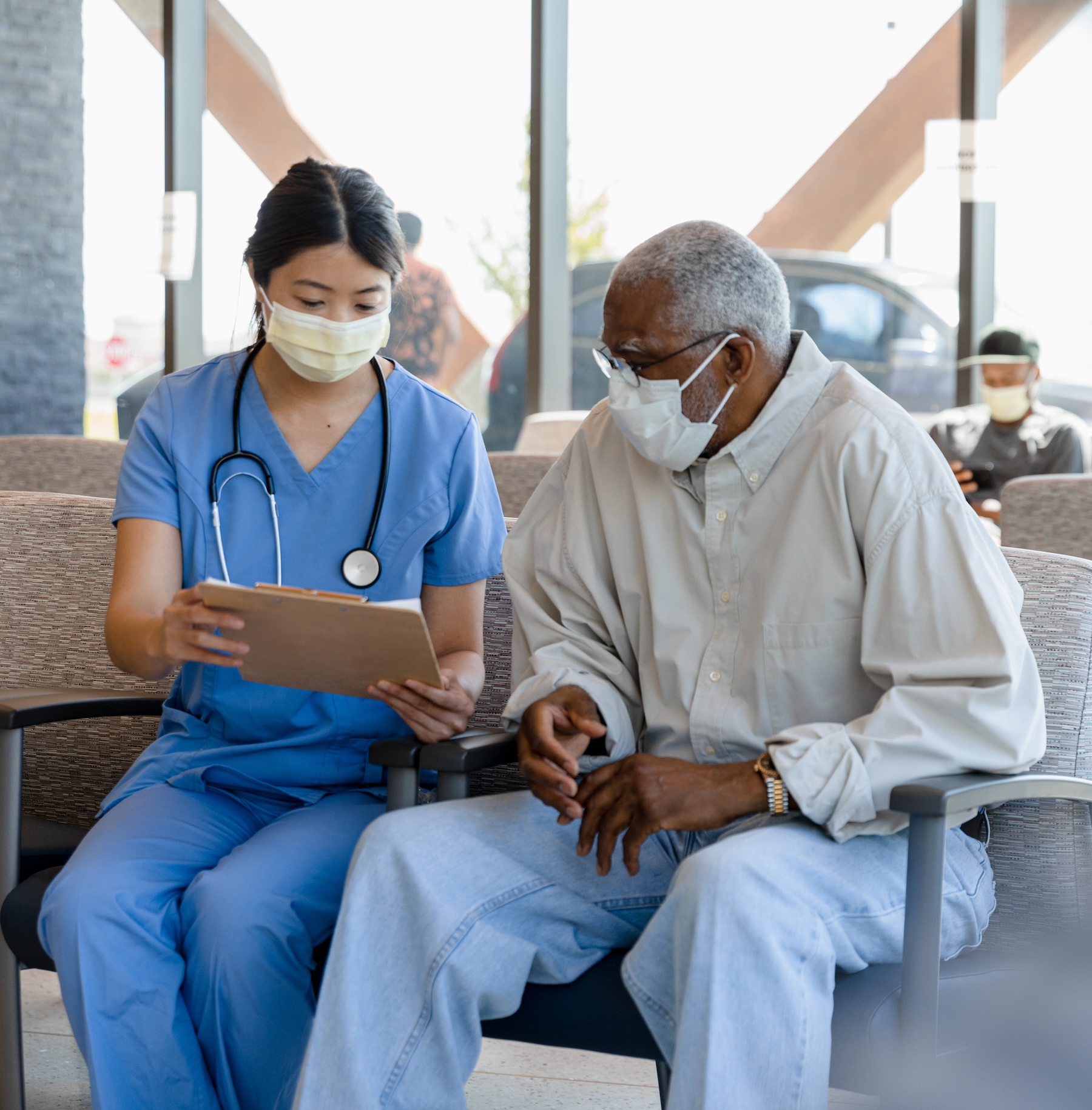
Caregivers who increased their hours reported higher levels of anxiety, depressive symptoms, and signs of being overwhelmed
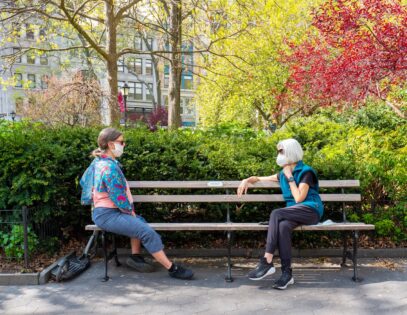
During the pandemic’s early months, older city dwellers with access to parks were less likely to show symptoms of depression and anxiety.
Virtual contact may have failed to counteract loneliness because of stress especially for new users, lack of physical contact, and eye strain.
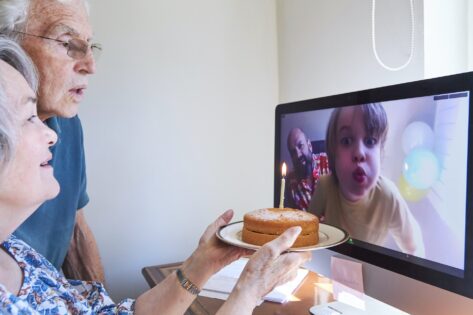
People with strong family relationships benefited most from virtual contact.
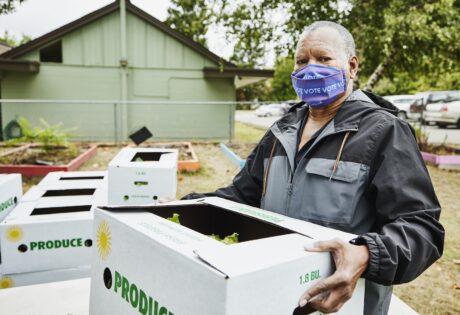
Helping others through volunteering bolsters social ties and also helps volunteers feel less lonely.
References
- National Institute on Aging, “Social Isolation, Loneliness in Older People Pose Health Risks,” April 23, 2019.
- Eun Young Choi et al., “Changes in Social Lives and Loneliness During COVID-19 Among Older Adults: A Closer Look at the Sociodemographic Differences,” International Psychogeriatrics 35, no. 6 (2023): 305-17.
- Eun Young Choi et al., “COVID-19 Social Distancing Measures and Loneliness Among Older Adults,” The Journals of Gerontology: Series B, Psychological Sciences and Social Sciences 77, no. 7 (2022): e167-e178.
- Haowei Wang et al., “Mourning in a Pandemic: The Differential Impact of Widowhood on Mental Health During COVID-19,” The Journals of Gerontology, Series B: Psychological Sciences and Social Sciences 77, no. 12 (2022): 2306-16.
- Carly A. Joseph et al., “Physical Isolation and Mental Health Among Older US Adults During the COVID-19 Pandemic: Longitudinal Findings From the COVID-19 Coping Study,” Social Psychiatry and Psychiatric Epidemiology 57, no. 6 (2022): 1273-82; and Lindsay C. Kobayashi, et al., “Cohort Profile: The COVID-19 Coping Study, a Longitudinal Mixed-Methods Study of Middle-Aged and Older Adults’ Mental Health and Well-Being During the COVID-19 Pandemic in the USA,” BMJ Open 11, no. 2 (2021): e044965.
- Lindsay C. Kobayashi et al., “Acute Relationships Between Mental Health and Cognitive Function During the COVID-19 Pandemic: Longitudinal Evidence From Middle-Aged and Older US Adults,” SSM Mental Health 2 (2022): 100097.
- Fabrice Kämpfen et al., “Predictors of Mental Health During the Covid-19 Pandemic in the US: Role of Economic Concerns, Health Worries and Social Distancing,” PloS One 15, no. 11 (2020).
- Emily E. Wiemers et al., “Age Differences in Older Adults’ Experiences of Pandemic-Related Health and Economic Challenges,” paper presented at the annual meeting of the Population Association of America, New Orleans, April 2023.
- Shu Xu et al., “Sensory Impairment and Depressive Symptoms Among Older Adults Before and During the COVID-19 Pandemic,” Aging & Mental Health (2023): 1-9.
- Kira S. Birditt et al., “Age Differences in Stress, Life Changes, and Social Ties During the COVID-19 Pandemic: Implications for Psychological Well-Being,” Gerontologist 61, no. 2 (2021): 205-16.
- Carrie Henning-Smith et al., “Rural/Urban Differences in Mental Health and Social Well-Being Among Older U.S. Adults in the Early Months of the COVID-19 Pandemic,” Aging & Mental Health 27, no. 3 (2023): 505-511.
- Shannon M. Monnat, “Rural-Urban Variation in COVID-19 Experiences and Impacts Among U.S. Working-Age Adults,” Annals of the American Academy of Political and Social Science 698, no. 1 (2021): 111-136.
- Ryon J. Cobb, Christy L. Erving, and W. Carson Byrd, “Perceived COVID-19 Health Threat Increases Psychological Distress Among Black Americans,” Ethnic and Racial Studies 44, no. 5 (2021): 806-18.
- Zhiyong Lin and Hui Liu, “A National Study of Racial-Ethnic Differences in COVID-19 Concerns Among Older Americans: Evidence From the Health and Retirement Study,” The Journals of Gerontology: Series B, Psychological Sciences and Social Sciences 77, no. 7 (2022): e134-e141.
- Amanda Leggett et al., “The Changing Tides of Caregiving During the COVID-19 Pandemic: How Decreasing and Increasing Care Provision Relates to Caregiver Well-Being,” The Journals of Gerontology: Series B, Psychological Sciences and Social Sciences 77, no. S-1 (2022): 86-97.
- Norma B. Coe and Rachel M. Werner, “Informal Caregivers Provide Considerable Front-Line Support in Residential Care Facilities and Nursing Homes,” Health Affairs 41, no. 1 (2022): 105-11.
- Gabriela Bustamante et al., “Mental Health and Well-Being in Times of COVID-19: A Mixed-Methods Study of the Role of Neighborhood Parks, Outdoor Spaces, and Nature Among U.S. Older Adults,” Health & Place 76 (2022): 102813.
- Namkee G. Choi, Diana M. DiNitto, and C. Nathan Marti, “Older Adults’ Frequency of Going Outside During the COVID-19 Pandemic: Associations With Physical Distancing, Health Status, and Fall Risk Factors,” Journal of Applied Gerontology 42, no. 2 (2023): 324-35.
- Namkee G. Choi et al., “COVID-19 and Loneliness Among Older Adults: Associations With Mode of Family/Friend Contacts and Social Participation,” Clinical Gerontologist 45, no. 2 (2022): 390-402.
- Louise C. Hawkley et al., “Can Remote Social Contact Replace In-Person Contact to Protect Mental Health Among Older Adults?” Journal of the American Geriatrics Society 69, no. 11 (2021): 3063-5.
- Amanda Zhang et al., “Can Digital Communication Protect Against Depression for Older Adults With Hearing and Vision Impairment During COVID-19?” The Journals of Gerontology: Series B, Psychological Sciences and Social Sciences 78, no. 4 (2023): 629-38.
- Woosang Hwang et al., “Intergenerational Solidarity With Digital Communication and Psychological Well-Being Among Older Parents During the COVID-19 Pandemic,” Family Process (2023).
- Woosang Hwang et al., “Intergenerational Solidarity and Digital Communication During the Covid-19 Pandemic in South Korea: Implications for Dyadic Well-Being,” Family Process 22 (2023):
- Karen L. Fingerman et al., “Living Alone During COVID-19: Social Contact and Emotional Well-Being Among Older Adults,” The Journals of Gerontology: Series B, Psychological Sciences and Social Sciences 76, no. 3 (2021): 116-21.
- Karen L. Fingerman et al., “Variety Is the Spice of Late Life: Social Integration and Daily Activity,” The Journals of Gerontology: Series B: 75, no. 2 (2020): 377-88.
- Molly Copeland and Hui Liu, “Who Gets Help? A National Longitudinal Study of Personal Networks and Pandemic Support Among Older Adults,” The Journals of Gerontology: Series B, Psychological Sciences and Social Sciences 78, no. 2 (2023):341-51.
- Steve W. Cole et al., “Myeloid Differentiation Architecture of Leukocyte Transcriptome Dynamics in Perceived Social Isolation,” Proceedings of the National Academy of Sciences 112, no. 49 (2015): 15142-7.
- U.S. Department of Health and Human Services, “New Surgeon General Advisory Raises Alarm About the Devastating Impact of the Epidemic of Loneliness and Isolation in the United States,” May 3, 2023.



